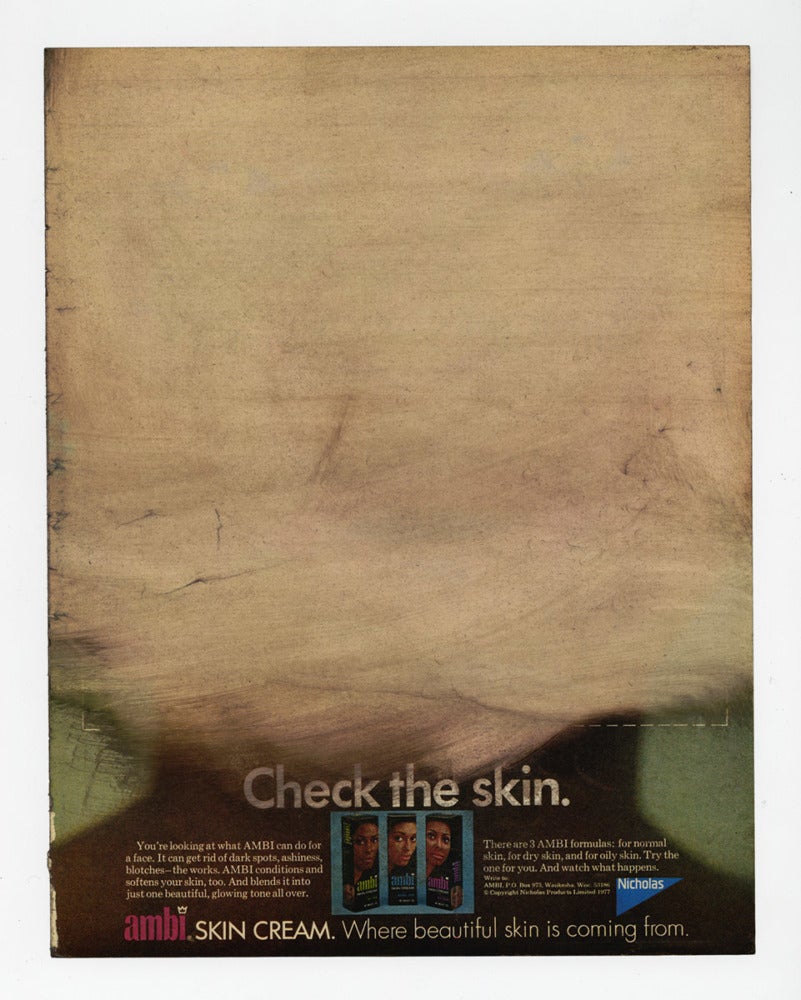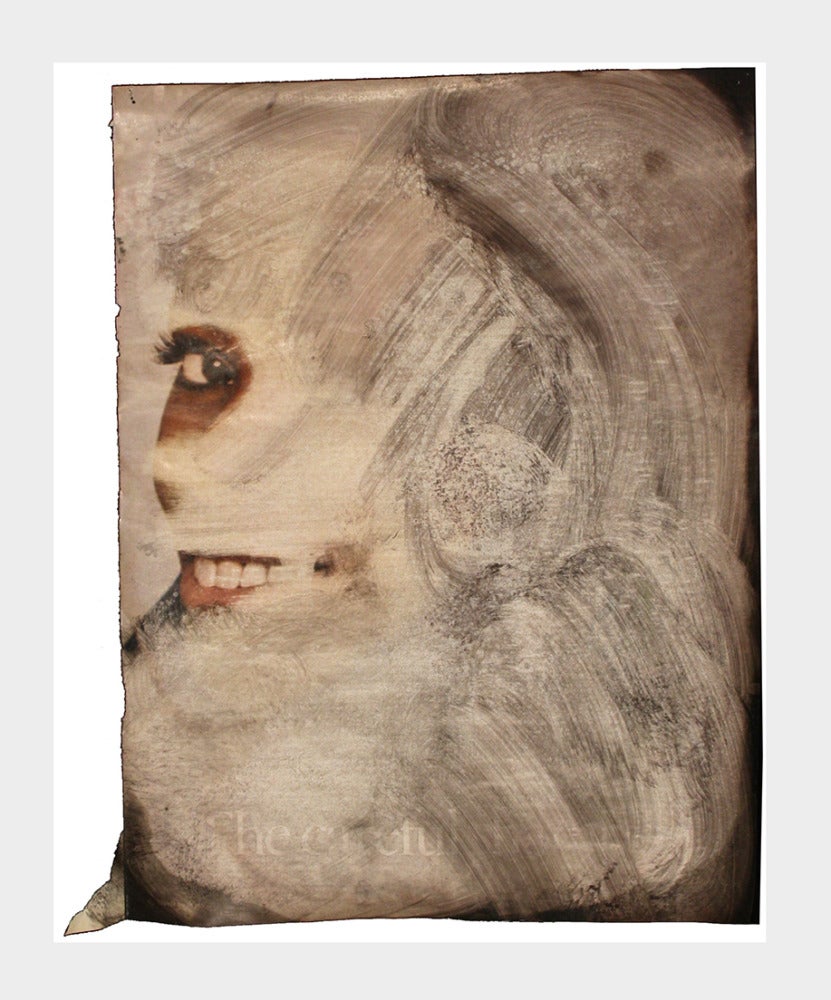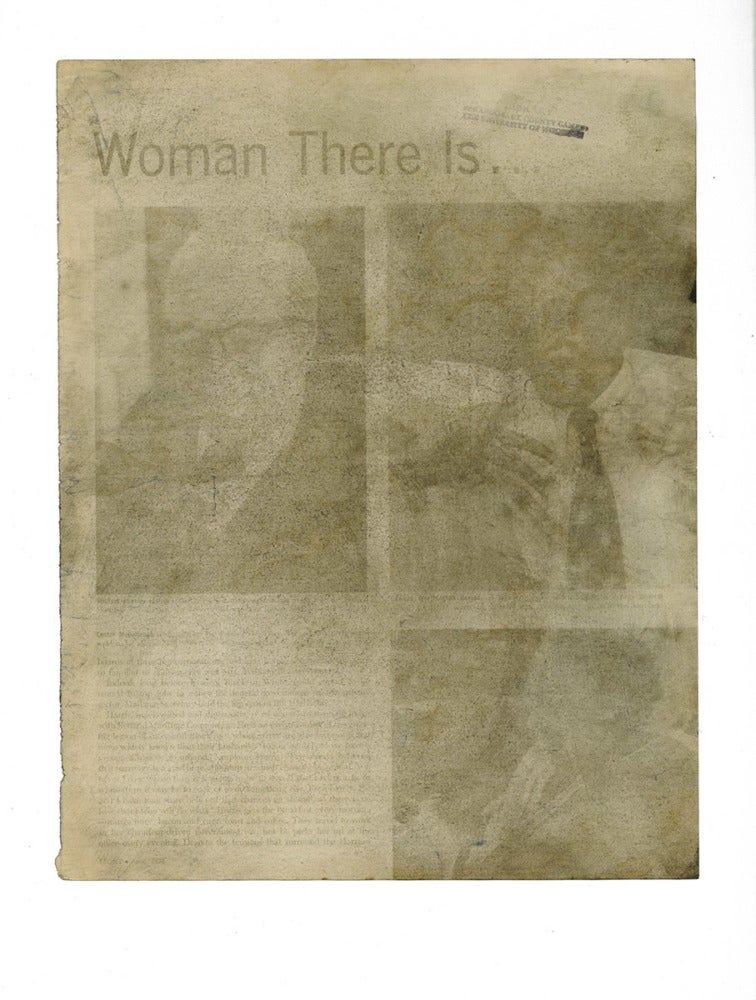Beyond this point, imagination is considered.

It began with a reflection. A dream? Peering into the shadow of the past, we witness a 16-year-old Black male teenager seeking something beyond the available, or at least what he thought possible for himself. Athletic outlets are a constant point of return and limitation for most Black children, he was no exception. Arenas, fields, courts—all locations for the projection of a Black child’s imagination. What these early sites made believable were the accessibility of social mobility, a path towards Black affluence and generational wealth. In the shadows of those institutions he found intimidation, anger, and violence. Athletics can be a dirty sport. While he did participate, he understood something else was possible. Beyond? I think we’ve gone too far, for we can see the ancestors waving, ushering us into a recognition of kinship by the very enactment of dreaming. The shared goal of dreaming is escape—not to be present in the trauma, but to steal away. Steal away, steal away, steal away to… The now obvious but once hidden message of this lyric instructed our ancestors towards fugitivity—whether in life or in death. Beyond this point imagination and fugitivity are suggested!
And it is in this loose understanding of dreaming-as-escape that I practiced a particular kind of fugitivity. As that 16-year-old, I would sneak into the Speed Art Museum. Not disclosing to my parents where I was going, probably lying, while incriminating a friend by offering his name up as collateral: “I’m going to J’s house.” I was on my way. My secret trips to the Speed activated my ancestral ability to dream, to steal away to art. Within this privileged form of tactical invisibility, I became intimate with Cranach the Younger, Dürer, and Rembrandt. Disclosed to me while walking alone in the halls of this mausoleum were the invisibility, and in most cases exclusion, of complex Black subjects. Here I was required to dream of models whose narratives could not be reduced to the shadow of a servant’s role.

This was the memory that was evoked when Allison Glenn, Speed Art Museum guest curator, asked if I would like to participate in celebrating Breonna Taylor’s life. The exhibition Promise, Witness, Remembrance is both the praise of a life taken too soon, as well as a return to my dream’s original location: the Speed Art Museum. What started out as a requirement to imagine—the interminable speculation and phantasmic imagery evoked by dreaming, that produced so many possible surrogates for the museum’s Portrait of a Forty-Year-Old Woman (1634) by Rembrandt—ended in a commitment to reframe the initial encounter within the museum.
Beyond this point imagination and fugitivity are required!

Glenn and her team aided me in reframing the secret visits. Initially the museum-as-mausoleum necessitated dreaming. However, in its “progressive” form it reads as a promise to visibility. The nascent practice of inclusive curation highlights the distinction between dreams and promises. While a dream can live in your head and assume any form, promises, like goals, manifest in the performative; both require action to be realized. This exhibition is that action. Promise, Witness, Remembrance puts the performative into play. Amy Sherald’s Portrait of Breonna Taylor updates Rembrandt’s muse with a poise and grace fitting of celebration. Surrogate installed. By fulfilling the promise of visibility through her painting, Sherald bypasses the initial act of dreaming. Promise fulfilled.
With my contribution, I return not as fugitive sneaking to the museum to imagine locations beyond but as collaborator. It is my hope that in this return to the dream’s origin, my works, like Amy Sherald’s, can aid in further practicing promise’s performative power. The erased Ebony works, which are included in the exhibition, strip the original magazine pages of ink, reducing the papers back to faintly empty surfaces. The seemingly blank space flees immediate comprehension. Reinvestment in fugitivity. Evacuated of its initial image, the “tabula rosa” effect demands the viewer project their own ideas and images on the page.
Beyond this point promise is DEMANDED!
Promise, Witness, Remembrance is on view at the Speed Museum in Louisville, Kentucky through June 6, 2021.
This essay is part of Burnaway’s week-long coverage of the exhibition.




